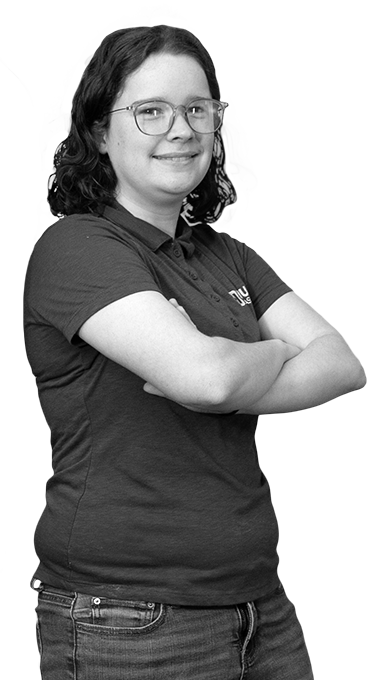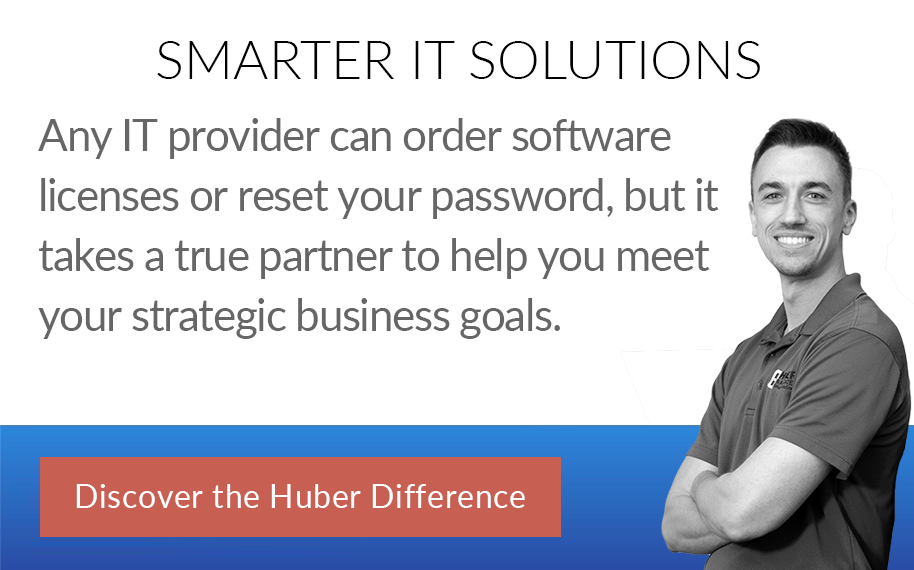WHAT WE DO
IT Solutions That Help Your Business Thrive
Managed Services
Infrastructure
Software
Enterpol
WHO WE ARE
MEET TEAM HUBER
Huber & Associates was established in 1986 by electrical engineers, Jim and Elizabeth Huber. As a Woman Owned Business Enterprise (WBE), the company has grown into a thriving IT company. Team Huber now has over 130 highly trained employees serving clients across industries including, manufacturing, healthcare, government, financial, education, distribution, and retail.

WHY US?
2,000+
Years of Combined
IT Experience
350+
Number of
Technical Certifications
130+
Number of
Employees
90+
Number of
Technical Staff

TESTIMONIALS
WHAT OUR CLIENTS SAY
BLOG
THE LATEST INSIGHTS
Huber & Associates Strengthens Leadership Team: Kent Hillman Appointed Chief Services Officer
Huber & Associates Strengthens Leadership Team: Kent Hillman Appointed Chief Services OfficerJEFFERSON CITY, MO – March 7, 2024 – Michael Huber, COO of Huber & Associates, is pleased to announce the expansion of his C-Level leadership team to include Kent...
A CIOs Blueprint for Healthcare IT: Ensuring a Secure and Resilient Future
HUBER BLOGTHE LATEST INSIGHTSHealthcare organizations all over the nation are finding themselves in the news: in precarious situations, underprepared, under a cyberattack and transferring patients to neighboring hospitals. It’s time to reduce your exposure and build...
Huber & Associates Announces Strategic Leadership Changes
Huber & Associates is proud to announce the promotion of Michael Huber to Chief Operating Officer and welcome Jesse Haller as our new Chief Revenue Officer.










